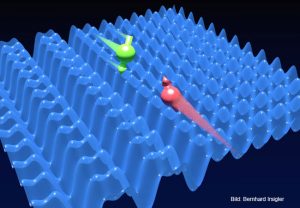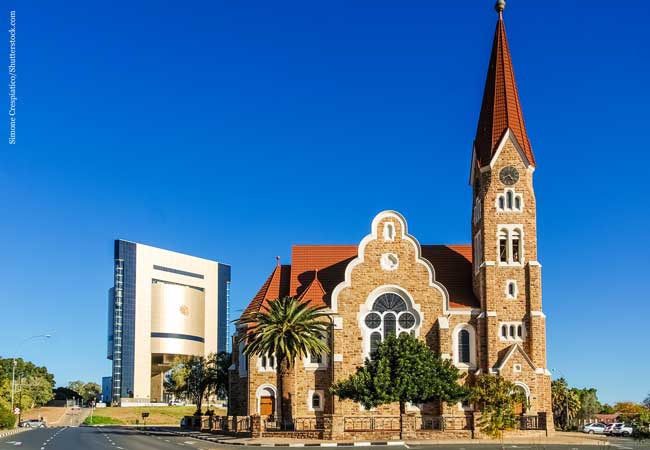Today the Online Summer School “Topology and Interactions in Optical Lattices” is starting at the Institute for Theoretical Physics. It is organized by the Research Unit FOR 2414 of the German Research Foundation (DFG) under the direction of Professor Walter Hofstetter. More than 140 participants from all over the world have registered for the summer school to attend and discuss lectures by renowned scientists from Belgium, France, Germany, Spain and Switzerland, for example on topological insulators, synthetic topological quantum matter or the simulation of strongly correlated systems (summerschool.for2414.de).
Leading experimental and theoretical research groups from Germany and Europe are closely collaborating within the DFG Research Unit “Artificial Gauge Fields and Interacting Topological Phases in Ultracold Atoms” (www.for2414.de), aiming at a deeper understanding of topological states of matter. An important goal is to facilitate future applications in quantum information processing. Modern quantum information technologies and related basic research (such as in FOR 2414) are also of growing economic and strategic relevance. This is documented, for example, by the Quantum Flagship Initiative of the European Commission and the US National Quantum Initiative.
Topology has established itself as an important concept for characterizing quantum matter, leading to a large variety of new states of matter and phase transitions. In 2016, pioneering theoretical work in this field was awarded the Nobel Prize for Physics. Topological phenomena, such as the quantum Hall effect (Nobel Prize 1985), lead to extremely precise quantization of physical observables, for example the electrical resistance, and hold promise for game-changing applications – from metrology to quantum computation.
The interplay of topology and strong interactions is one of the most fascinating challenges in condensed matter physics. The required gauge fields and interactions cannot be varied independently in solid state materials in general. Quantum simulators, on the other hand, offer precisely this possibility. They were originally proposed as a visionary idea by Nobel Laureate Richard Feynman and are today also being experimentally realized by FOR 2414 scientists.

Gauge fields are essential to our modern understanding of physics. From high energy physics to solid state physics, they are a key concept for describing fundamental physical phenomena.
Ultracold atoms in optical lattices offer a versatile experimental platform for combining strong artificial gauge fields and topological band structures with tunable interactions. Here, the term “ultracold” means temperatures in the range of a millionth Kelvin and below – these are the coldest temperatures in the universe. They are achieved by cooling with light, through what is known as laser cooling, and in 1997 the Nobel Prize for Physics was awarded for this development. At these low temperatures, quantum mechanical effects dominate, especially the bosonic or fermionic quantum statistics of particles. The 2001 Nobel Prize for Physics was awarded for Bose-Einstein condensation of ultracold atoms.
Artificial gauge fields are produced through suitable laser coupling. The quantum systems realized in this way can emulate the motion of electrons in extremely strong magnetic fields, but also the dynamics of elementary particles in non-Abelian gauge fields.
Further information:
Professor Walter Hofstetter
Institute for Theoretical Physics
Goethe University
Tel.: (+49)-69-798-47819
hofstett@physik.uni-frankfurt.de








